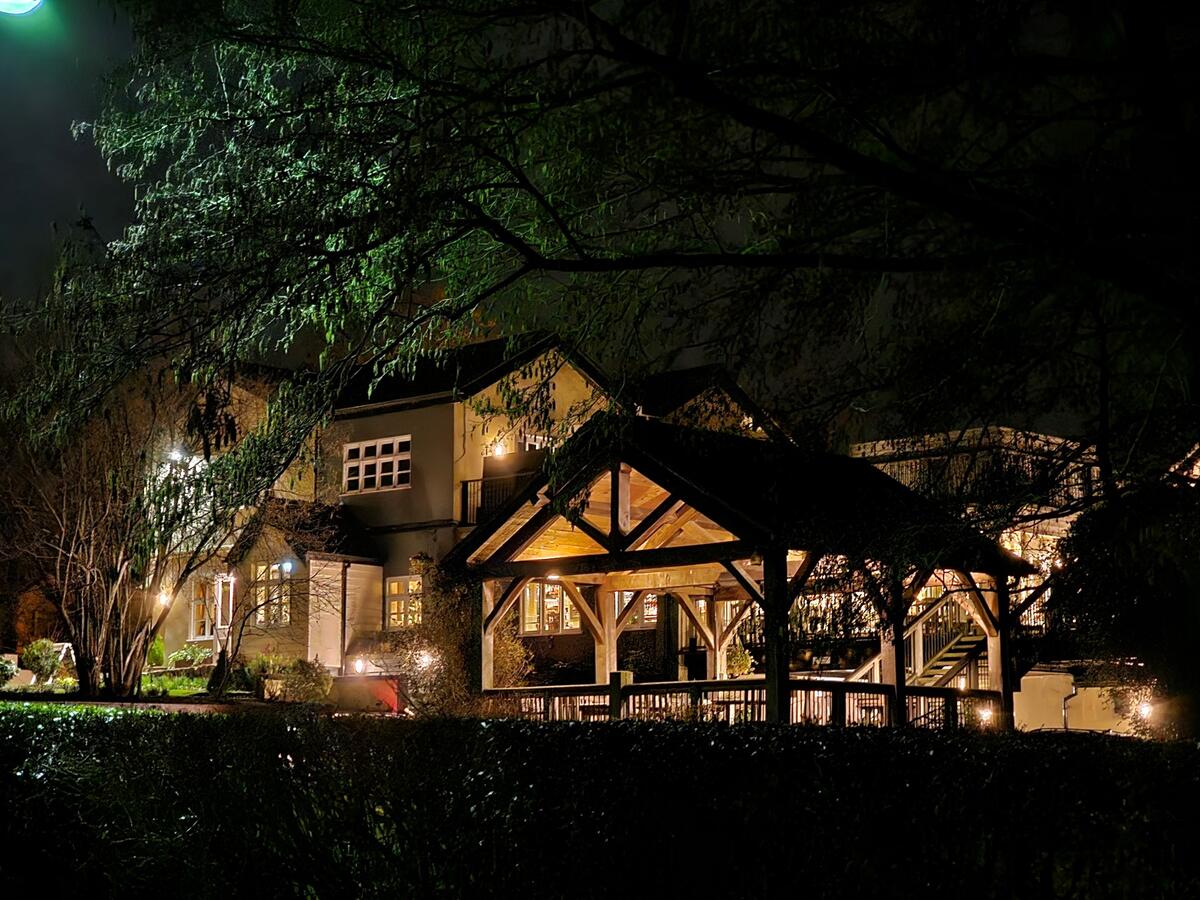Parish Footpaths
Acknowledgement: The Parish Council is extremely grateful to Laura of the Betley Local History Society (BLHS) for all the following information on the Points of Interest visible from these walks. Without her enthusiastic cooperation, it would not have been possible to give you this level of interesting historical background.
Common Lane Circular Route
Points of Interest
The Swan
The Swan has been an active Betley pub for over 300 years, (first named as The Swan in 1635), albeit in a couple of different locations.
During the 19th century, The Swan hosted auctions of timber and land, as well as an inquest in January 1885, relating to two men who had drowned in Betley Mere whilst skating on its frozen surface.
On a brighter note, these days The Swan is a celebrated traditional country pub and has won CAMRA awards for its quality beers.
Common Lane
So called because as early as 1336, the lord of the manor granted a large area of wasteland in the north-west of the parish to his tenants, to be held as ‘common land.’
A new ‘poorhouse’ (two cottages for four people) was built on Betley Common in the 1770s and was in use until at least the 1830s. The cottages were subsequently rented out to tenants until they were sold in 1865.
Sandy Croft
The land next to the cottages on Betley Common was used for market gardening in the early 19th century when the parish bought seed potatoes for sowing.
Sandy Croft was incorporated into the Betley Hall Estate, and from the 1930s to the 1960s provided sand and gravel for construction materials locally, before being used as a rubbish dump in the 1960s and 1970s!
The Parish Council acquired the land after this and restored it to the public amenity we have in use today. An information board at the entrance details the flora and fauna of interest.
Betley Court
Betley Court was built in 1716 for lawyer John Cradock, who originally came from Halmer End. In 1808, the architect John Nash (who also worked on Buckingham Palace) made various alterations to Betley Court, including the installation of a composite iron beam to create a new drawing room.
Betley Court hosted royalty in 1903 and 1904 when Grand Duke Michael of Russia opened Betley Show, held in the grounds of Betley Court. Sadly, in the mid-60’s, Betley Court began to fall into disrepair, but was rescued by Prof Godfrey and Dr Freda Brown, who converted the house into 14 flats.
Following a catastrophic fire in 2019, which severely damaged the main house along with 11 of the flats, restoration work was commenced on Betley Court to restore it to its former Grade II listed building glory. (https://en.wikipedia.org/wiki/Betley_Court)
Betley Mere
A 'great mere' at Betley was first mentioned in the 13th century and had become known as Betley Mere by the early 15th century.
Swimming races were held in Betley Mere during the 19th and early 20th centuries, including one to celebrate Queen Victoria's Golden Jubilee in 1887. Local children also learned to swim there. Betley Mere had its own ice house which was used as an air raid shelter during World War Two.
Betley Mere is now a Site of Special Scientific Interest (SSSI) due to its notable flora, fauna and wildlife.


Den Lane Circular Route
The Crown
The Crown, originally known as The Queen's Head, once formed part of the Doddington Estate in Cheshire, and dates back to at least 1778. Its car park was formerly the site of Wrinehill Primitive Methodist Chapel, which closed in 1969. It is owned and run by Mark and Anna Condliffe.
Hand and Trumpet
The Hand and Trumpet was originally situated next to the Wrinehill Lower Toll Gate, on the new road that was laid in the 1830s to avoid the steep rise of the old road. The roads are still known as New Road and Old Road. The Hand and Trumpet was rebuilt in 1914.
There have been several theories on the origins of the pub's name. One is that men used to gamble illegally behind the pub - the 'hand' referring to a hand of cards. A local boy would be posted by the road to raise the alarm when the policeman was in sight.
Another, possibly more plausible suggestion, is that a hand holding an object associated with the business was once a common feature of Inn signage. The trumpet refers to the pub's proximity to the Toll Gate. The Toll Gatekeeper was alerted to open the gates for the mail coaches to pass through when he heard the mail coach guard blowing his post-horn, or trumpet.
The Hand and Trumpet was taken over by Brunning and Price in 2005.
Cracow Moss
Cracow Moss was known as 'le Cracale moss' in 1347. Peat cutting was undertaken on the boggy land during medieval times.
A few cottages had been built on Cracow Moss by the 17th century. During the late 18th and early 19th centuries, the land was developed for market gardening and supplied vegetables to Newcastle-under-Lyme and the Potteries.
Ravenshall
Ravenshall, a hamlet on Main Road between Betley and Wrinehill, has previously been known by several different names, including Randall, Rensall and Ravenshollow.
It has also been noted that the name is a corruption of 'Ranehollow,' meaning 'hollow lands under the boundary.' In the 14th century, Ravenshall had its own open fields, which implied it was a separate community from Betley.
Today, Ravenshall contains some of the oldest surviving houses in the parish.
Den Lane
Den Lane was formerly known as Station Road, named after Betley Road Station, which was situated a little further along the lane.
Betley Road Station opened in 1875, closing to passenger traffic in 1945 and goods traffic in 1950.
Betley Road signal box became one of the longest serving signal boxes on the West Coast Main Line and only closed in 2004.
